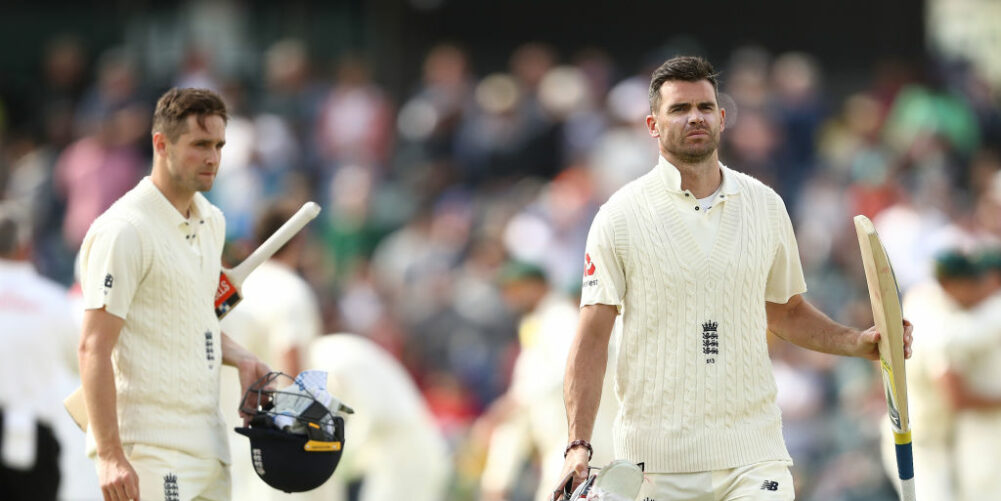Despite there being a lot of chat about Australia’s tactics to England’s lower-order over the past few days, it was no surprise to me to see the hosts keep on with the short ball as they looked to dismiss the tourists.
But, having got through his peppering, it was also no surprise to me to see Stuart Broad go on and make a wonderful half century. If you can survive early on, especially when you’re facing a lot of short-pitched deliveries, then your eye is in and the game becomes a lot simpler.
James Anderson questioned if Australia’s bowling was dangerous during the first Test in Brisbane when Jake Ball received five successive bouncers, however the umpires didn’t think it was too bad.
And that’s what it all comes down to – the umpires interpretation. Law 41.6.1 on the bowling of dangerous and unfair short-pitched deliveries states: “The bowling of short-pitched deliveries is dangerous if the bowler’s-end umpire considers that, taking into consideration the skill of the striker, by their speed, length, height and direction, they are likely to inflict physical injury on him/her. The fact that the striker is wearing protective equipment shall be disregarded.”
Two short balls are enough for everybody, but there are very few genuine No.11s anymore.
Everyone is expected to be able to bat and to be able to deal with the short ball aimed at the body – whether it’s by ducking, weaving or moving out the way and giving yourself a bit of room to have a swing. That’s what Broad did on day three at Melbourne after a while, and it paid off with his runs helping to put England in a very strong position.
The game has changed over the past decade or so. Tailenders are almost expected to make a few runs, and are no longer seen as easy wickets. In the past, there used to be an almost gentleman’s agreement: “You pitch it up to me and I’ll pitch it up to you.”
The batsman might sneak a couple of fours when it’s fun, but they’d have had enough after a couple of boundaries and be bowled.
That’s gone out the game now. With the talent of the lower order, if the ball is regularly pitched up, these lads can play the cover drive, straight drive and flick off the legs. They can make vital runs and the opposition doesn’t want that.
If Nos.10 and 11 have got the skills to make runs against the full ball, then they have to expect to face a short ball. It limits the runs conceded and also increases he chance of getting a wicket, coming off the glove or a top-edged pull.
It is down to the umpires to step in and if there are four short-pitched deliveries at chest high or above, then that might be when to step in. Anything from the heart level down, that’s fair game. You have to learn how to play that.
This is being debated because it’s Australia bowling short and fast, when it was an Australian batsman who was fatally hit by a ball in Phillip Hughes. But there have been a lot of measures put in place since his death in 2014 to prevent it happening again, in terms of safety equipment and player knowledge.
My biggest concerns with players safety, though, as I’ve mentioned in these pages before, is for bowlers in T20 cricket. We saw what happened to Luke Fletcher last season, and there’s a very informative piece on Page 24 of this paper about his recovery.
The ball comes back off a bat quicker than it gets to a batsman, and bowlers have nothing to protect themselves with. As it stands, I don’t think it will be long before we see a bowler hurt even more seriously than Fletch, unless the authorities step in and start protecting these guys.















